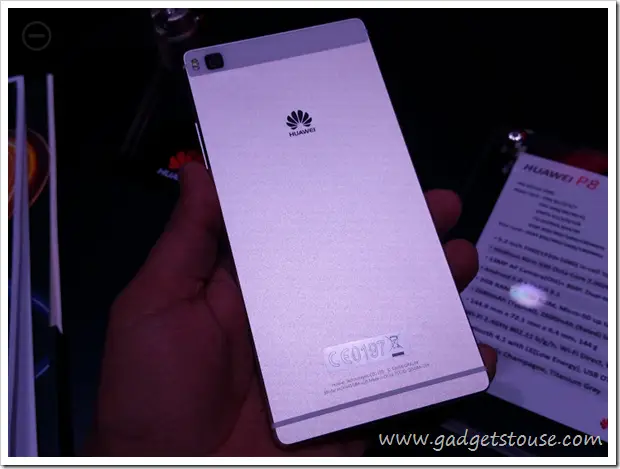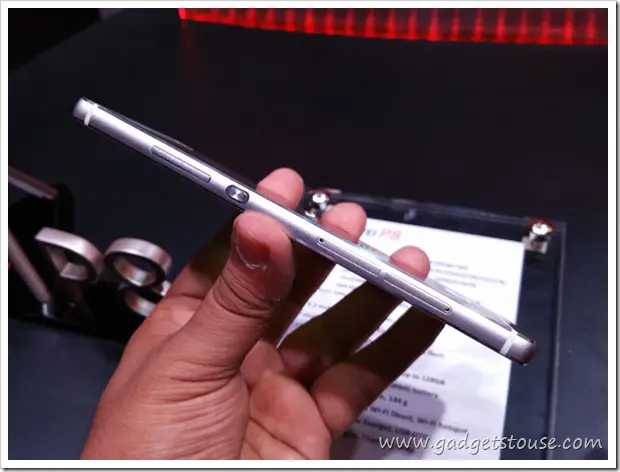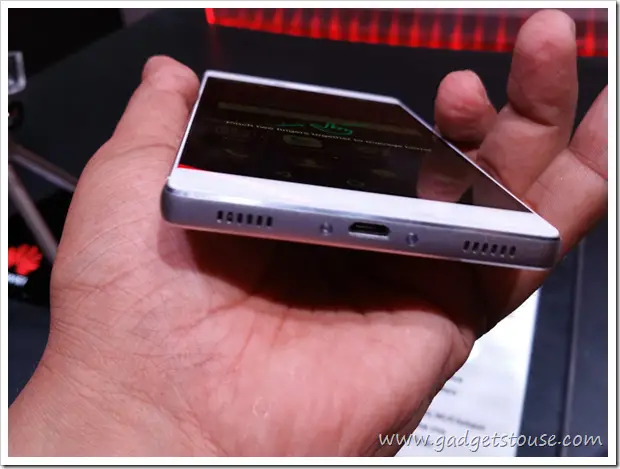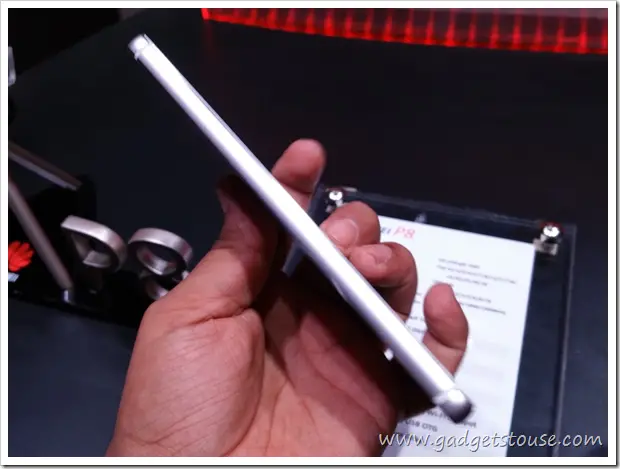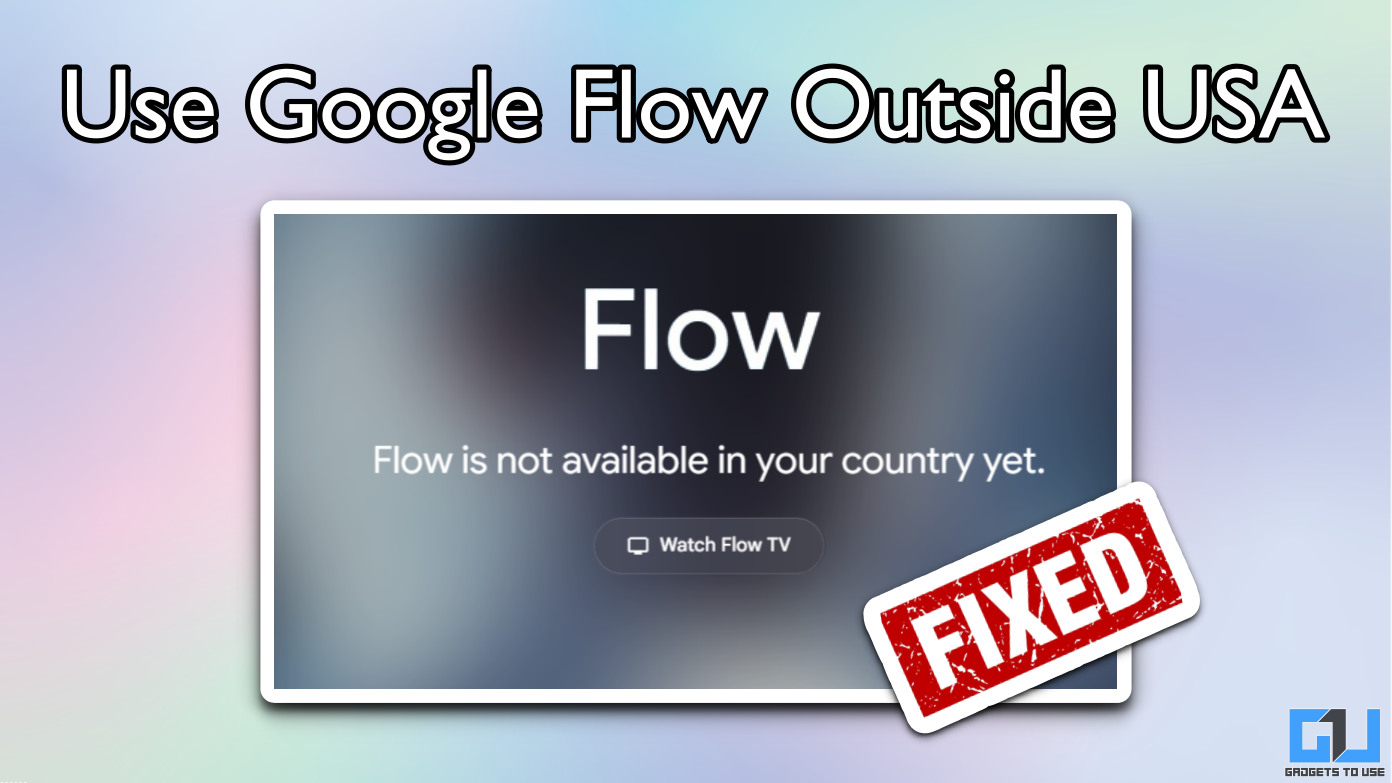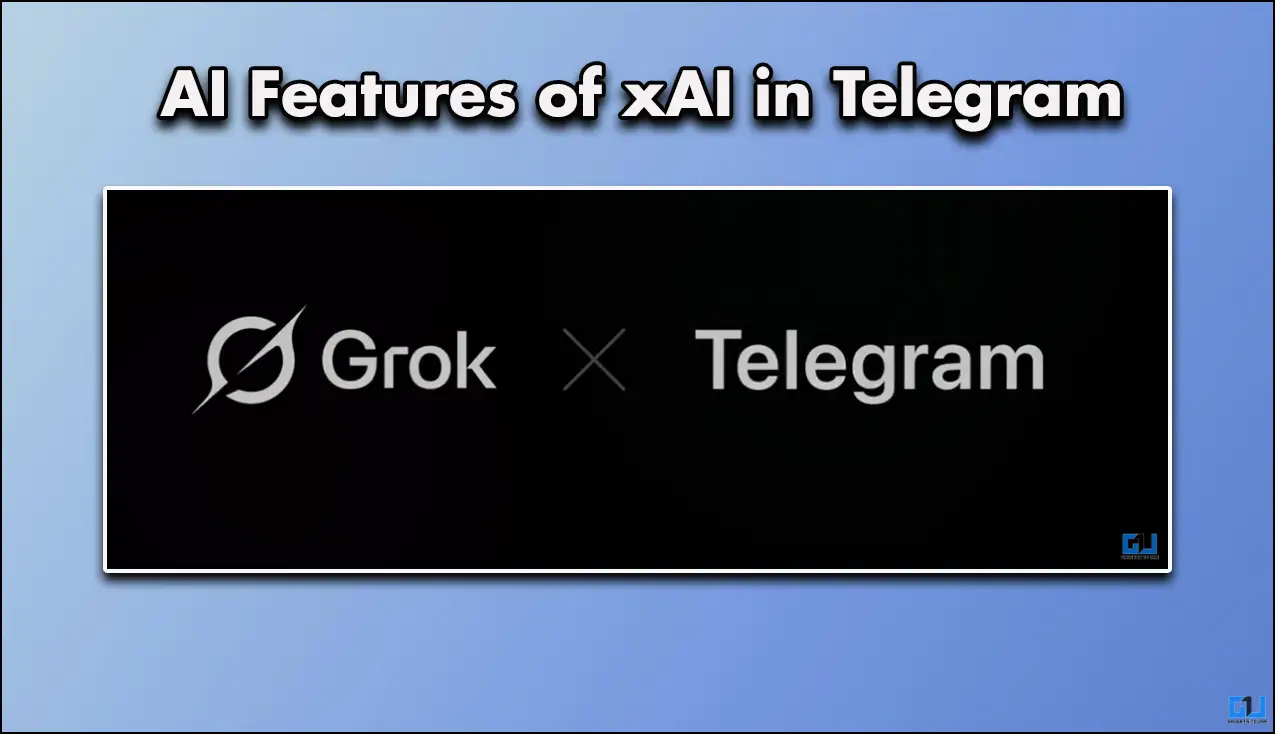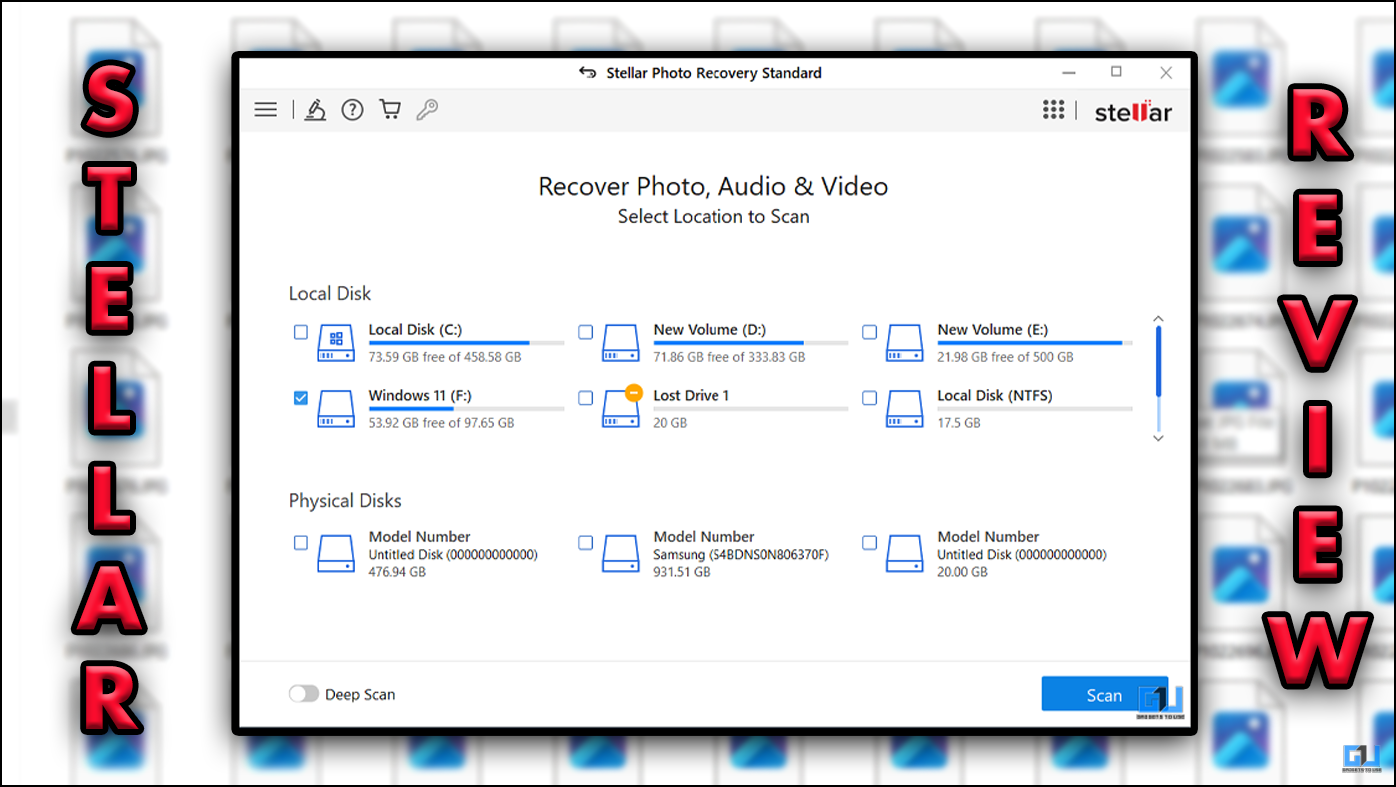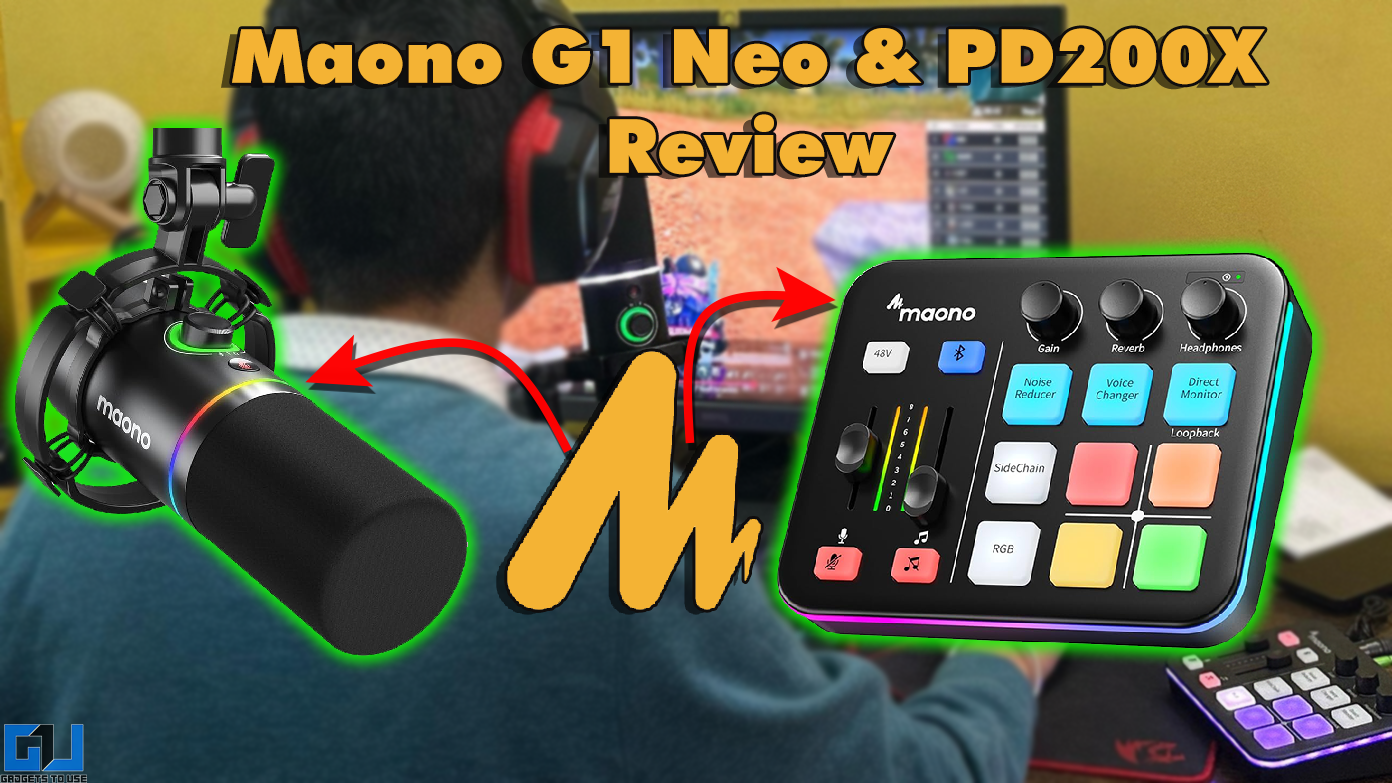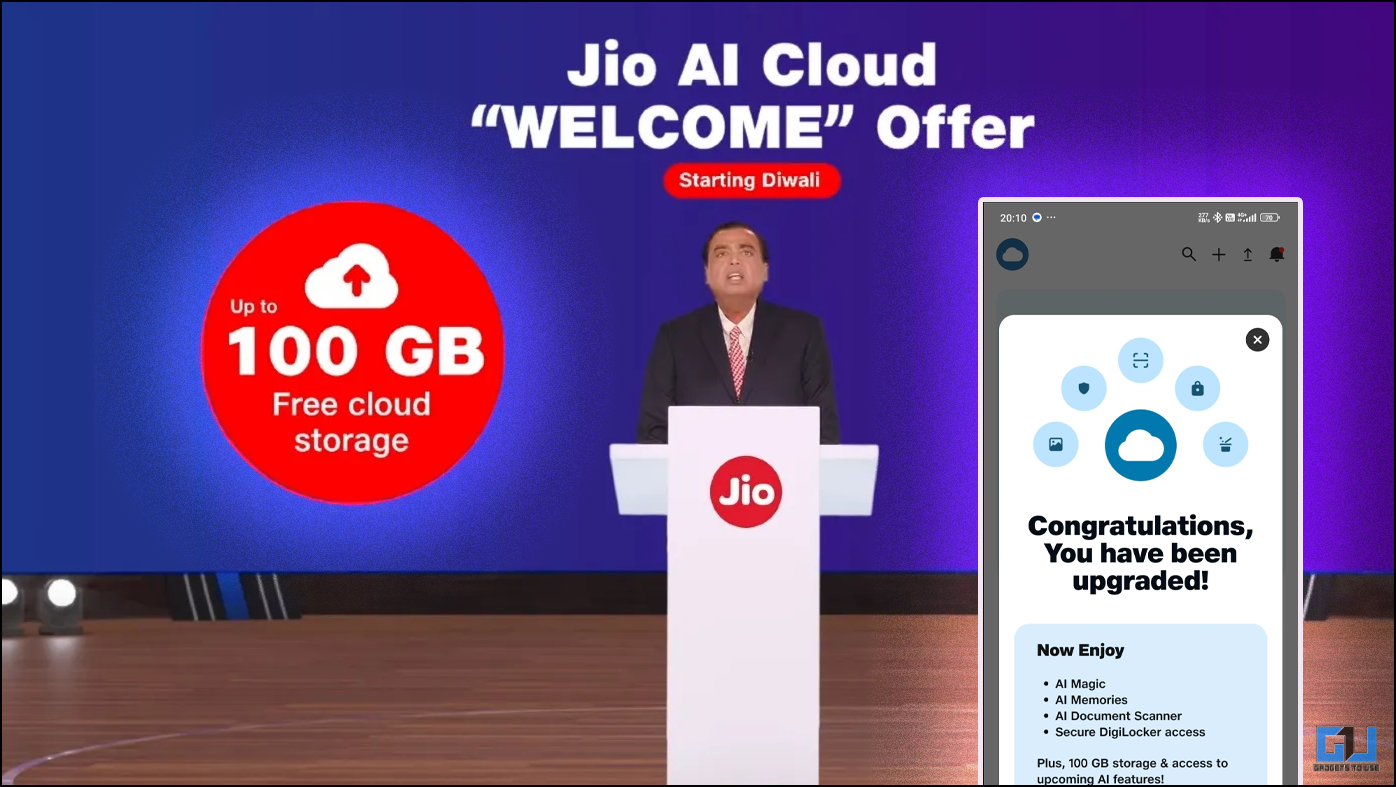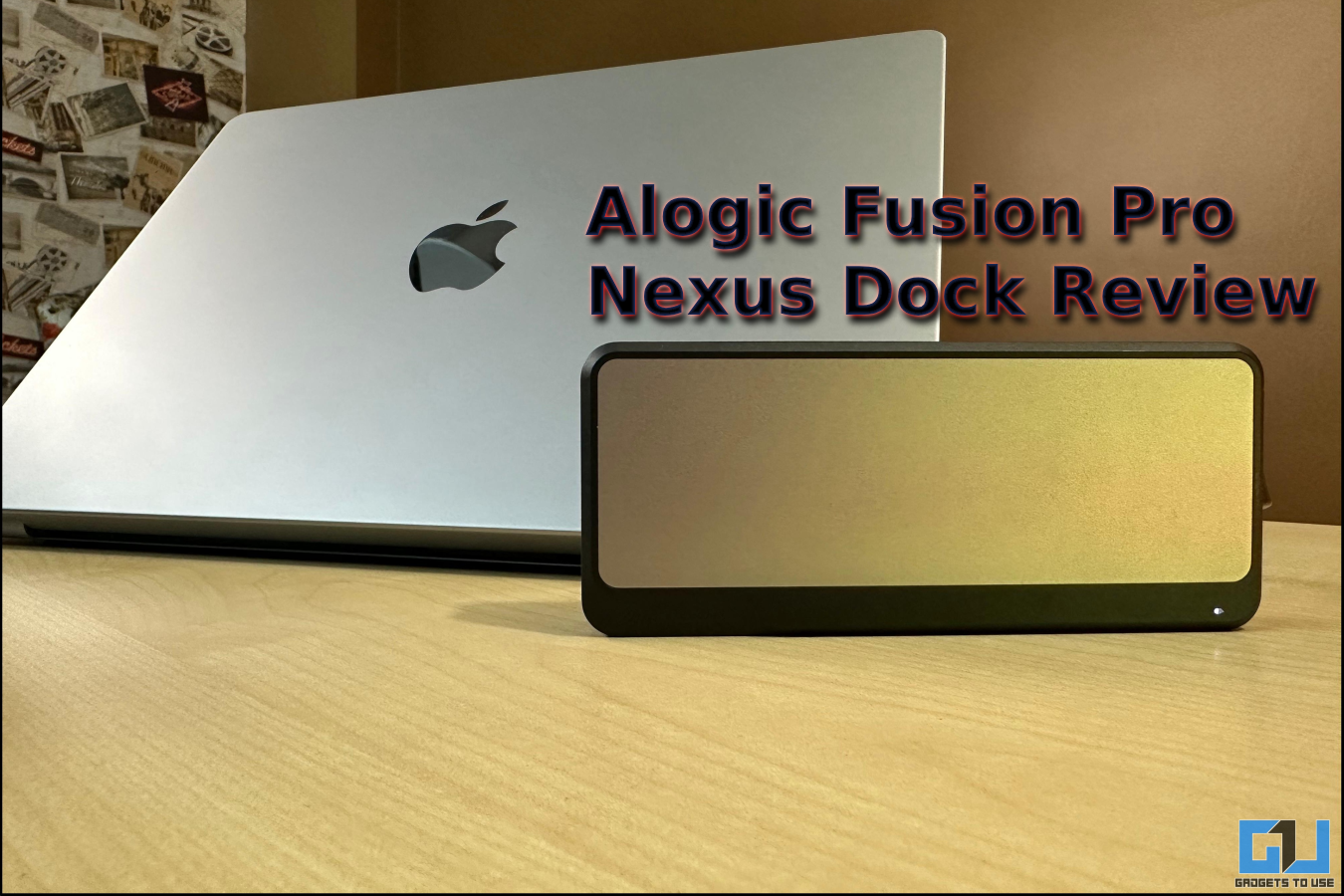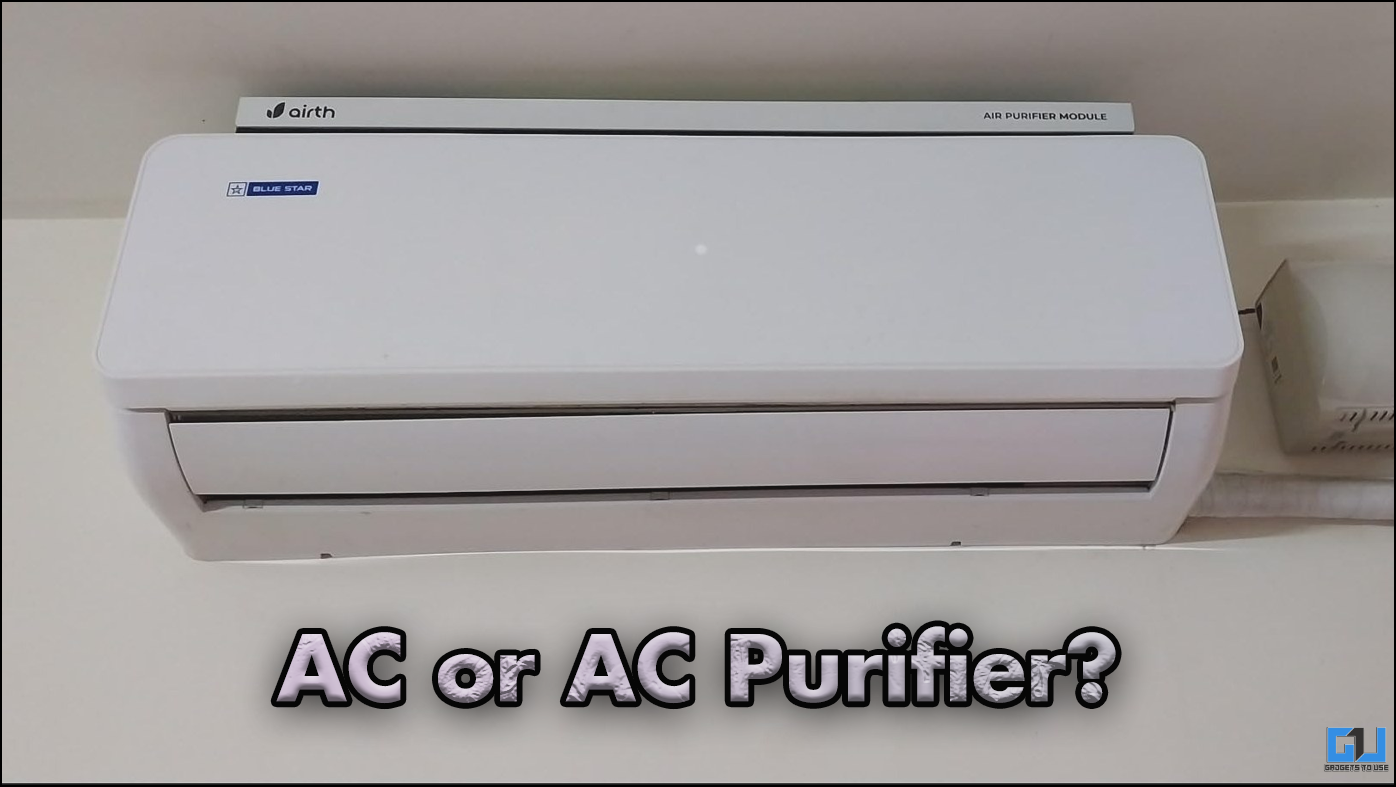Quick Answer
- If the software is up to the mark and if the price is right, Huawei P8 will be a very solid offering.
- As is abundantly clear from the names, former is a blown up version with a 6.
- 8 Inch display and the latter is a trimmed down variant, with a lower price tag.
Huawei P8 was earlier showcased in Europe but today, it gets the green flag for Asian markets, including India. At the launch event, Huawei also presented its other two siblings, P8Max and P8Lite. As is abundantly clear from the names, former is a blown up version with a 6.8 Inch display and the latter is a trimmed down variant, with a lower price tag. Here is what we think of Huawei P8 as of now.
Huawei P8 Quick Specs
- Display Size: 5.2 Inch with, 1920 x 1080 Full HD resolution, Gorilla Glass 3 protection
- Processor: 2.0 GHz Quad Core Cortex A53+ 1.5 GHz Quad Core Cortex A53, Kirin 935 Octa Core with MaliT628 MP4 GPU
- RAM: 3 GB
- Software Version: Android 5.0.2 Lollipop based Emotion UI 3.0
- Primary Camera: 13 MP AF camera with Dual Tone LED flash, F 2.0 Wide angle lens
- Secondary Camera: 8 MP
- Internal Storage: 16 GB
- External Storage: 128 GB
- Battery: 2680 mAh battery Lithium Ion
- Connectivity: 3G, 4G LTE, Wi-Fi 802.11 , NFC, Bluetooth 4.0 with A2DP, aGPS, 3.5mm audio jack, FM Radio
Huawei P8 Quick Review, Hands on, Camera, Features Overview [Video]
Design, Build and Display
Design has been the core focus for Huawei’s P series. The Ascend P8 doesn’t disappoint. It has extremely narrow bezels lining a gorgeous 5.2 Inch Full HD display panel, with onscreen lollipop style navigation keys. It’s a metallic uni-body smartphone, as good as any. There is curved metallic side edges and Aluminum back plate to fully satiate all your metal fantasies. The camera module on the rear side, with two tone flash is embedded in glass strip.
Point being, we like the way this premium Huawei P8 looks and feels when held in hand. The 5.2 Inch display is bright and vibrant and the colors don’t look overly saturated. Huawei has surprised us with some very good displays this year and P8’s full HD panel is one of them.
Processor and RAM
Huawei has used Kirin 935 big,LITTLE octa core with 4 Cortex A53 cores clocked at 2 GHz and another 4 clocked at 1.5 GHz. Core configuration is similar to Snapdragon 615, but this chipset is clocked at significantly higher frequency. The handset includes 3 GB RAM and there is no reason to be cynical about its performance.
Camera and Internal Storage
The 13 MP rear camera includes Optical image stabilization, yet there is no protruding camera bump. Gionee managed a similar feet with Elife S7, but it is still admiration worthy. The camera sensor is the new RGBW sensor from Sony and there is a F2.0 aperture on top. Sony must be doing something right with the new sensor as the low light performance was pretty good in our initial testing.
Camera is also loaded with features to keep you busy. The front 8 MP sensor also looks pretty good in our initial testing.
Out of 16 GB, around 8.5 GB was available on the demo unit. This isn’t great from flagship standards, even when backed by 128 GB MicroSD support for media consumption. You will have to choose between Dual SIM support and MicroSD card as only one of the two can be inserted in the second slot.
User Interface and Battery
User interface is Huawei’s custom Emotion UI 3.1 based on Android 5.0.2 Lollipop. There is no app drawer and it isn’t a major diversion from kitkat based Emotion UI 3.0. Much of Lollipop is not visible underneath this custom skin. We would have to spend more time with it before we like it or perhaps hate it.
Battery capacity is 2680 mAh, which again doesn’t sound inordinately beefy on paper, but Huawei is well known for battery optimization as we saw in Honor 4X. The company claims more than one day of moderate usage from the device.
Conclusion
The Huawei P8 is a great phone from the outside. The hardware, camera display, metallic body and innards all look pretty impressive to us in our initial examination. If the software is up to the mark and if the price is right, Huawei P8 will be a very solid offering.
![image_thumb6[1] image_thumb6[1]](https://gadgetstouse.com/wp-content/uploads/2015/05/image_thumb61_thumb.png)
